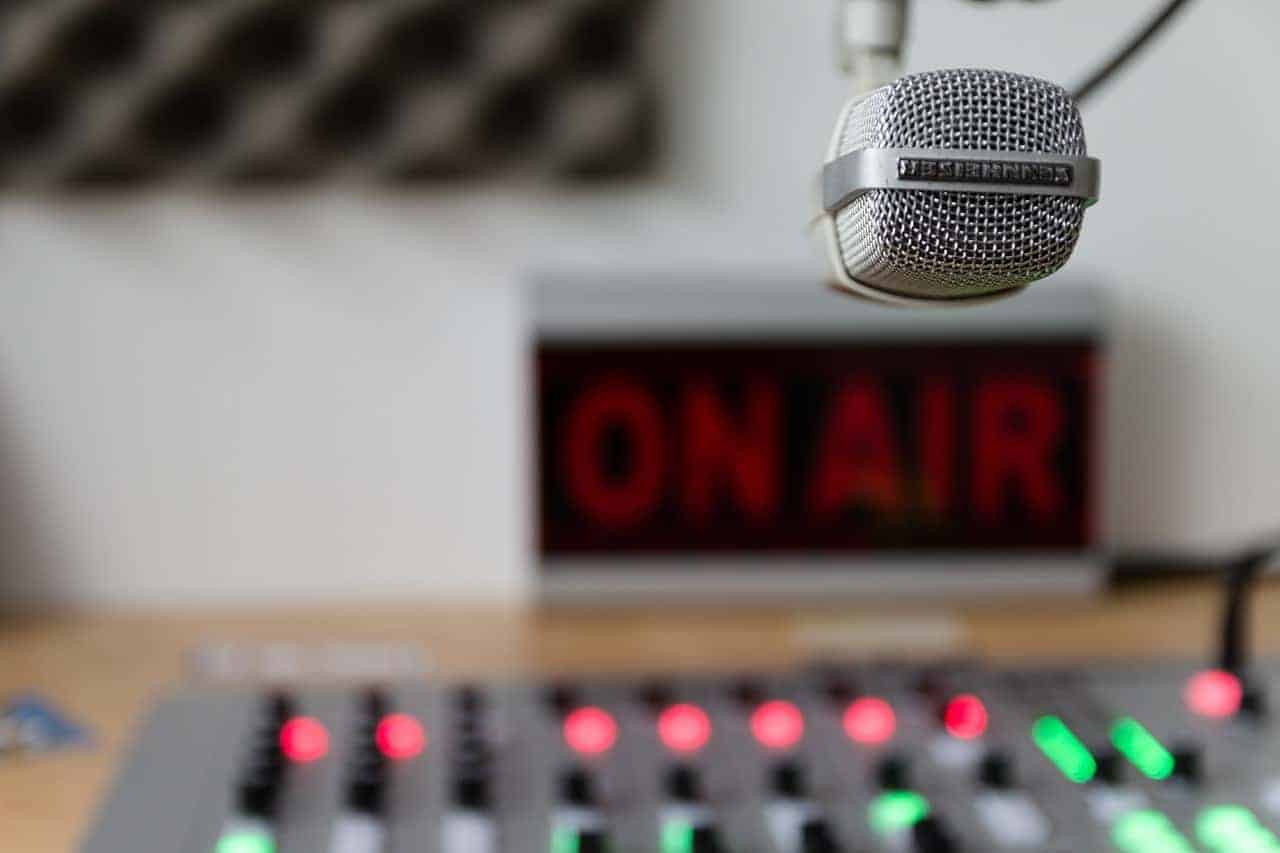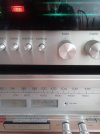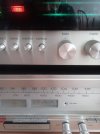Thank you for the answers. Now I understand better. That monitor function seems to be good and sensible .

Speaking of features. Since the receiver HK330C has a tape out, I connected a subwoofer via that output. I then handle the volume via DAC Topping E30.

I forgot to mention one thing you can try to reduce mixing frequencies from speakers and subwoofers. The signal from the receiver /amp's tape out is unaffected by the tone controls. Thus, you can try turning the bass tone control down to 0 position if you use an active sub that receives the signal from the tape out, that is.
I don't see in any manual how the bass tone on the HK330C works, but I'm guessing -10 dB at.. 50-100 Hz? if you turn it down to the 0 position.
In any case, an HP filter has been fixed for the speakers. Or something like an HP filter.
Perhaps not the most optimal solution to integrate a subwoofer (sub that is active with volume control and adjustable LP filter).
Or it could be a good solution. The easiest way is to measure with a microphone to see if there is potential in such a solution.
In any case, if you have those functions, you can test. Just a twist away, so to speak.






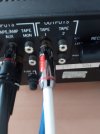
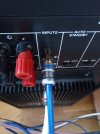
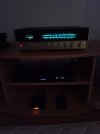
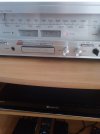
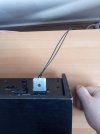
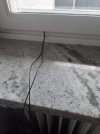

 and simply couldn't be fitted into our then marital home.
and simply couldn't be fitted into our then marital home.